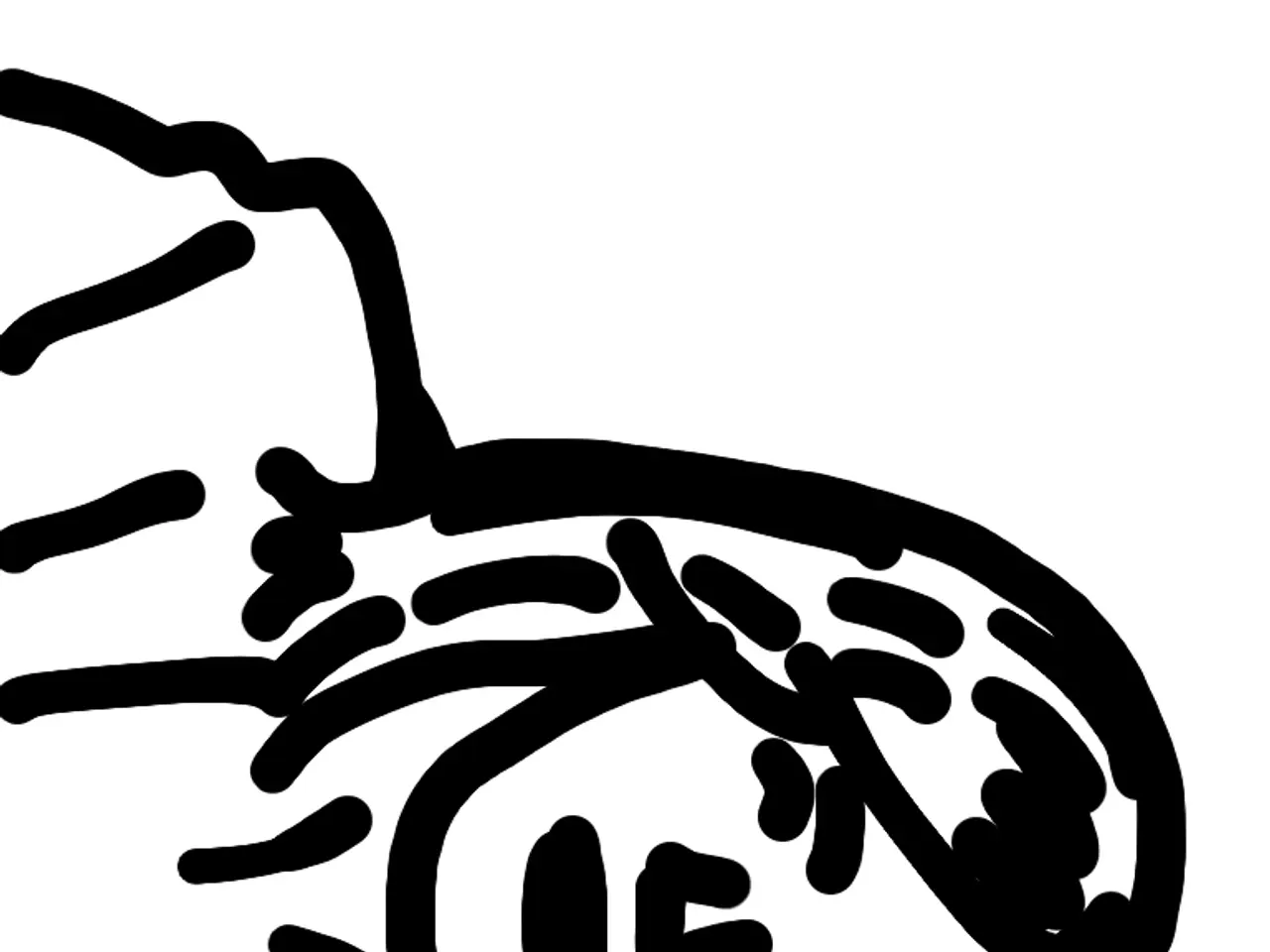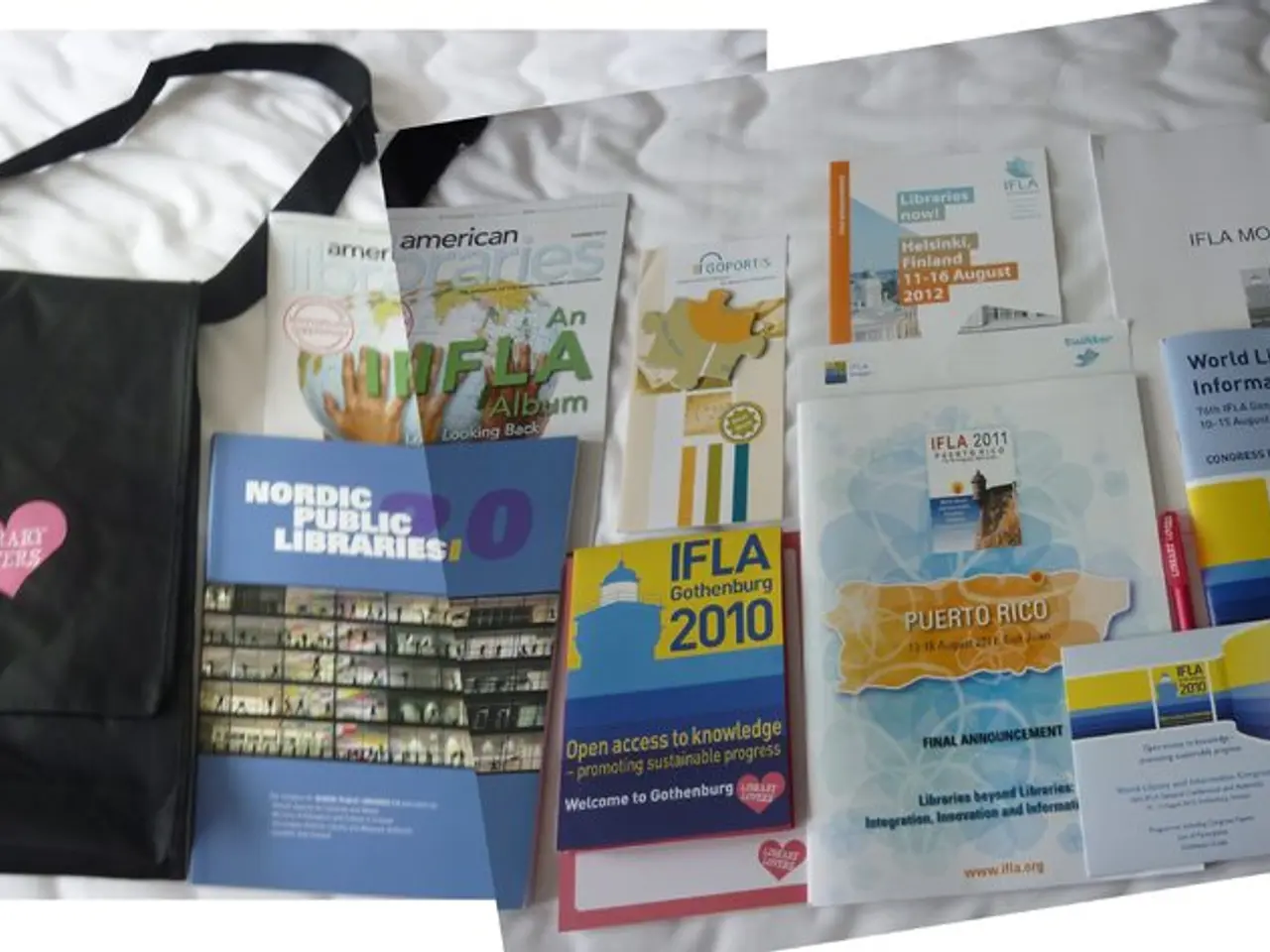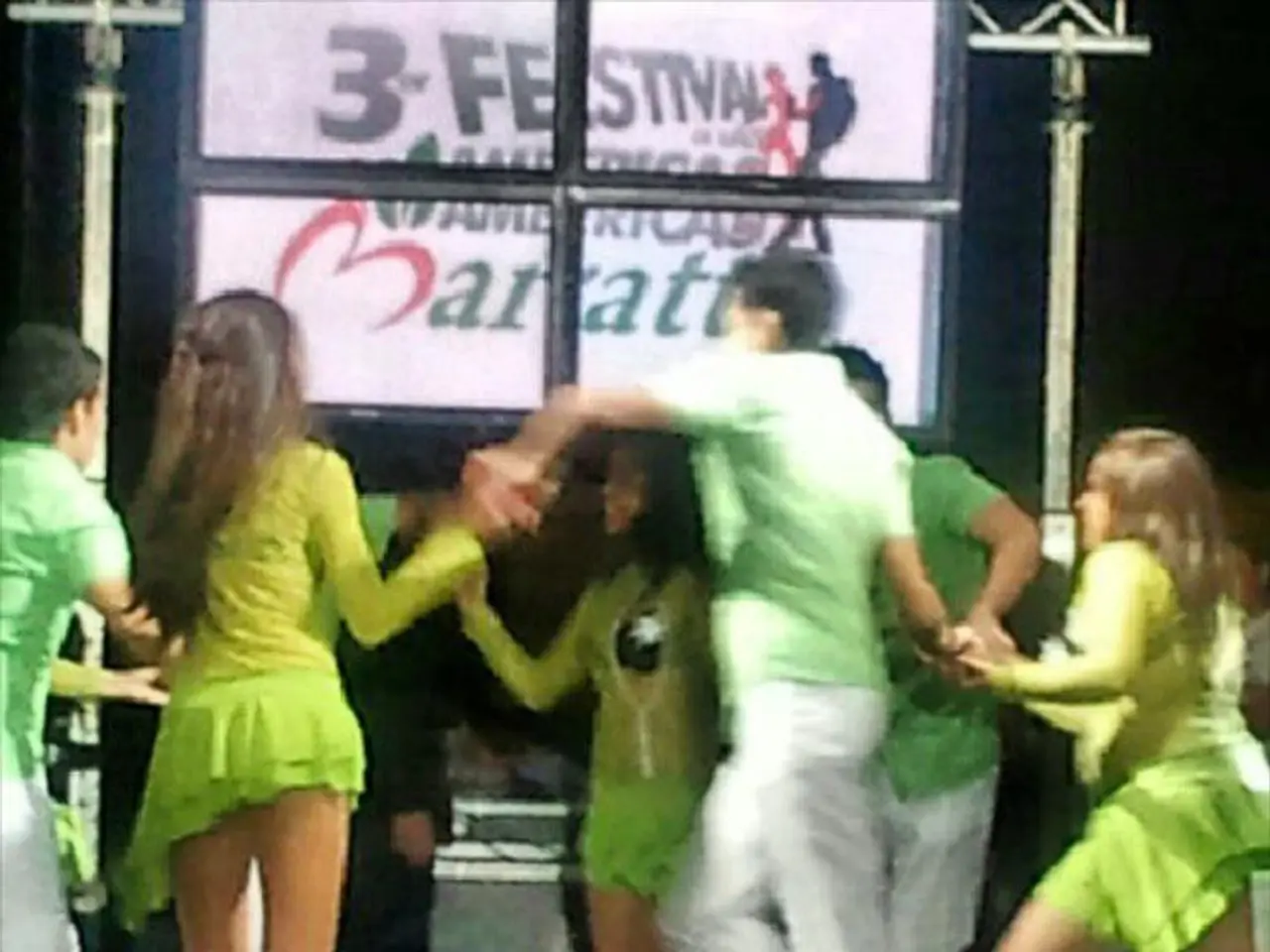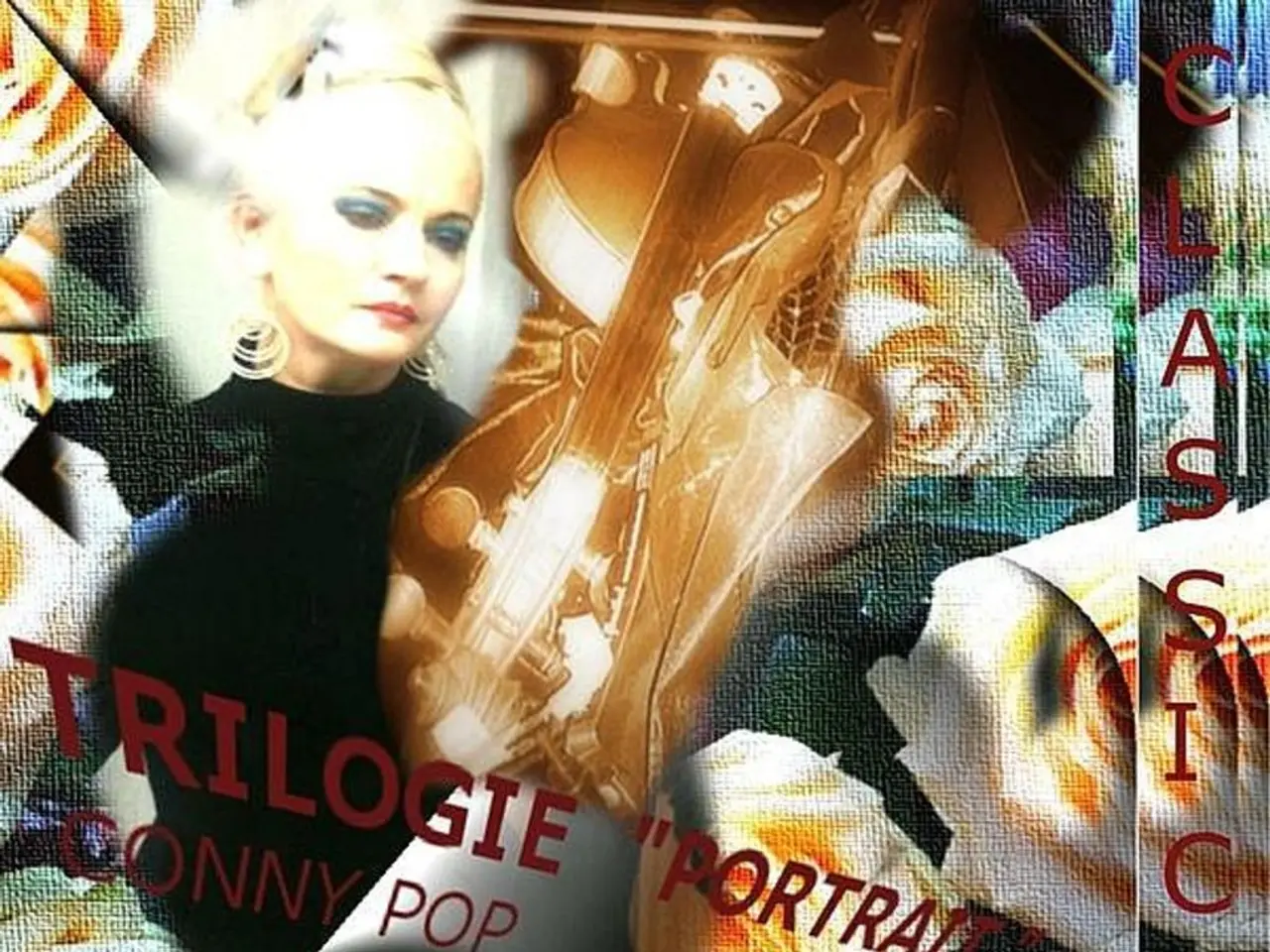Top Female Antagonists in cinema and television series
In the realm of media, complex female villains have emerged as intriguing characters that challenge societal norms and provoke thoughtful discussions on gender roles. These villains, far from being mere antagonists, embody multifaceted motivations that transcend the simple dichotomy of good versus evil.
Iconic Female Villains and Their Motivations
One such example is Michelle Pfeiffer's portrayal of Catwoman in Batman Returns. The character undergoes a tragic and empowering transformation from Selina Kyle to Catwoman, reflecting the complexities of identity and societal expectations. Pfeiffer's Catwoman is a blend of vulnerability and strength, navigating a world that often marginalizes women.
In a different context, Nurse Mildred Ratched, portrayed by Louise Fletcher in One Flew Over the Cuckoo's Nest, is a chilling villain who wields power through institutional control and emotional manipulation. Her character serves as a stark reminder of the dangers of unchecked authority and the consequences of societal oppression.
Challenging Stereotypes and Reflecting on Gender and Power
These complex villains subvert traditional notions of female passivity by exhibiting agency, intelligence, and assertiveness, qualities historically reserved for male characters. For instance, Amy Dunne's manipulative prowess in Gone Girl disrupts the "innocent woman" stereotype.
Female villains often highlight the double standards women face in society, where ambition and assertiveness in women are frequently vilified. Their portrayal encourages audiences to examine the gendered dynamics of power and morality.
Impact on Society and Cultural Discussion
As noted in discussions around reactions to complicated female characters, society tends to both admire and resent these characters, revealing underlying tensions about female empowerment and autonomy in media narratives.
Moreover, female villains sometimes reinforce or invert tropes such as the "cool girl" or femme fatale. While some characters conform to expectations of attractiveness combined with lethal traits, others add layers of psychological complexity that challenge simplistic categorizations.
Examples from Popular Media
Cersei Lannister, a character from Game of Thrones, is often cited as a top female villain by fan votes. Her ruthless pursuit of power is motivated by survival and protection of her children, complicating her role as a villain.
Maleficent, initially introduced as the wicked fairy in Disney's Sleeping Beauty, was later reimagined in the 2014 film Maleficent. In this version, Maleficent is portrayed by Angelina Jolie as a misunderstood protector of the Moors, exploring themes of betrayal, revenge, and redemption.
The Legacy of Complex Female Villains
Complex female villains in media serve as critical vehicles for exploring themes of power, gender, and societal expectations. By blending personal motivations such as ambition, survival, revenge, and social status, they become multidimensional characters whose impact extends beyond storytelling into cultural conversations about women's roles and norms.
These characters challenge viewers to question their preconceived notions, fostering a more nuanced understanding of female characters and their roles in society. As media continues to evolve, it is likely that complex female villains will continue to play a significant role in shaping cultural discourse and challenging societal norms.
[1] Smith, A. (2020). The Rise of the Complex Female Villain in Media. The Atlantic. Retrieved from https://www.theatlantic.com/entertainment/archive/2020/03/complex-female-villains-media/607645/
[2] Johnson, K. (2019). The Evolution of Female Villains in Marvel Cinematic Universe. Screen Rant. Retrieved from https://screenrant.com/female-villains-marvel-cinematic-universe-evolution/
[3] Brown, L. (2018). The Cultural Significance of Female Villains in Media. The Mary Sue. Retrieved from https://www.themarysue.com/female-villains-cultural-significance/
[4] Taylor, J. (2017). Why We Love to Hate Female Villains. The Guardian. Retrieved from https://www.theguardian.com/film/2017/jun/15/why-we-love-to-hate-female-villains
[5] Zak, A. (2016). The Femme Fatale in Film: A History of a Persistent and Evolving Trope. The Independent. Retrieved from https://www.independent.co.uk/arts-entertainment/films/features/femme-fatale-in-film-a-history-of-a-persistent-and-evolving-trope-a7171901.html
In this exploration of iconic female villains, their motivations serve not only to captivate viewers in movies-and-tv but also to contribute to thoughtful discourses on entertainment and pop-culture. For instance, the polarizing character Amy Dunne from Gone Girl challenges traditional stereotypes surrounding agency, intelligence, and assertiveness in women, reflecting robust debates on gender and power within the realm of media and pop-culture.






